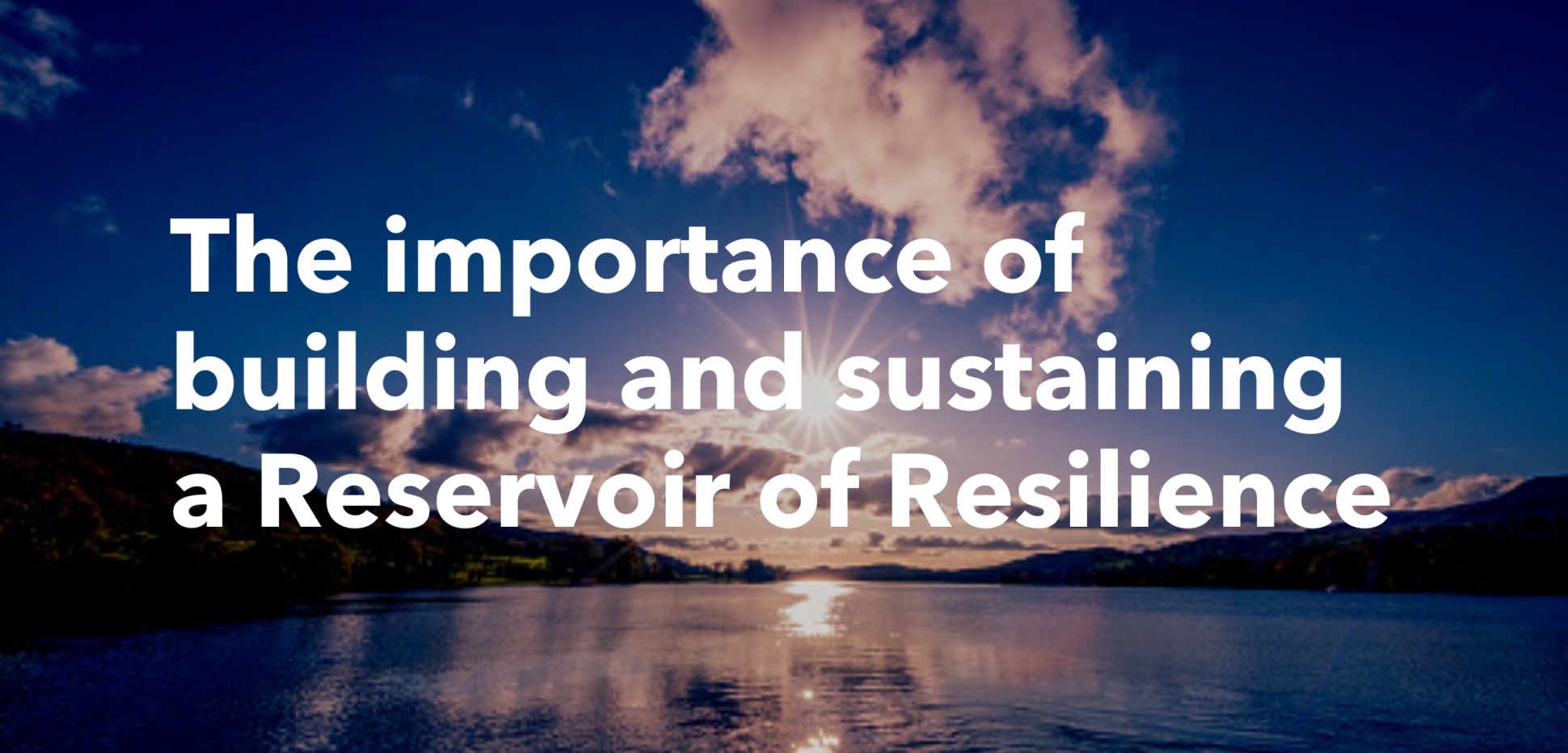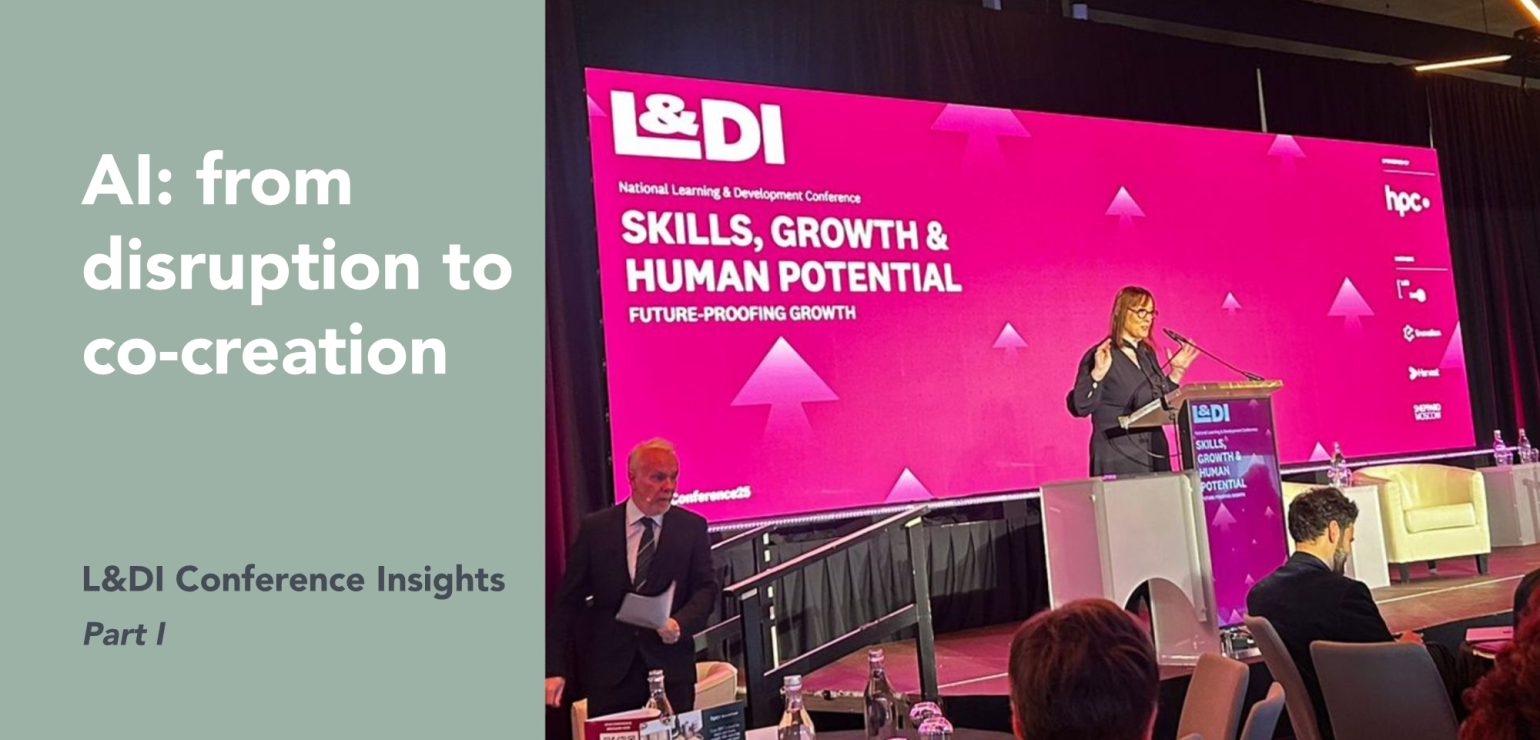Maintaining our levels of resilience

Virtual working has become accepted as a norm, we have all learned to do good work via technology. But people are charged by a different kind of energy than technology, and only when we have that energy to draw on can we be truly resilient.
The spotlight is rightfully on employee well-being, and we need to talk about its powerful twin – resilience. In a VUCA world people and teams must be agile, decisive, and find strength in united purpose in order to succeed. To do this, people need to have the energy and resources to be resilient. Here at Sheppard Moscow, we work closely with our clients on both individual and team resilience to build that invaluable piece in the leadership puzzle.
The Resilience Reservoir is the framework we use for understanding resilience, and the dynamic between positive energy and external pressures and stresses. The level in the Reservoir represents our resources, or ‘positive energy’. A full Reservoir means you have the resources to draw on, to see you through the challenges ahead. Like a bucket that is full of water.
We can top up that Reservoir by replenishing our energy resources in many ways like good sleeping and eating habits, healthy connections with colleagues, reflecting on our purpose or simply finding the time to take the focus away from work and focus on our family or something different.
Conversely, there are certain pressures and stressors that can puncture our reservoir and drain us of energy. For example, a leak might be caused by overly complicated processes that put strain on and disempower colleagues.
By using this model, we can reflect on a team’s resilience to identify leaks and develop strategies for plugging them whilst creating opportunities to top up the reservoir.
From a team’s perspective, building a collaborative Resilience Reservoir helps sharpen alignment on purpose and passion, to create a psychologically safe space to share vulnerabilities, and to co-create strategies for mitigating leaks. Leaders and teams that we see making impact in this area purposely pay attention to maintaining good team well-being and energy; ensuring people have a sense of control (i.e. having a ‘say’), quality of relationships, vulnerability based-trust. Also, role clarity and coherence, change, communication, resources and conditions of work all play an important part. Assessing each of these potential leakage areas in a safe environment shares the responsibility across the team. Teams create the mutual agreement (a team contract) to top up the reservoir together, and to – as a group – be accountable for leaks and address them as one. This approach embeds deep trust and creates highly resilient and effective teams.
Being intentional in this process and keeping the human connection at the heart of the Reservoir building is crucial. We recently carried out a resilience workshop with a client and brought key teams together in the room. We asked everyone to bring an image of the object that is most important to them and built a series of activities to draw out their personal passions around this object. The buzz in the room was palpable, the energy snowballed, and it was moving to witness this moment of mass human connection. Giving people the space to have fun helped them be vulnerable and open-up to each other. And these moments of shared fun and vulnerability must be pro-actively built into daily / weekly operations, and most especially for hybrid teams. Sustainable resilience reservoir development work is possible, and very effective both virtually and in hybrid working, however it has to be intentional and designed with purpose.
If this article was of interest, please take a look at:

 Ally Salisbury
Ally Salisbury 
 Aoife Keane
Aoife Keane 
